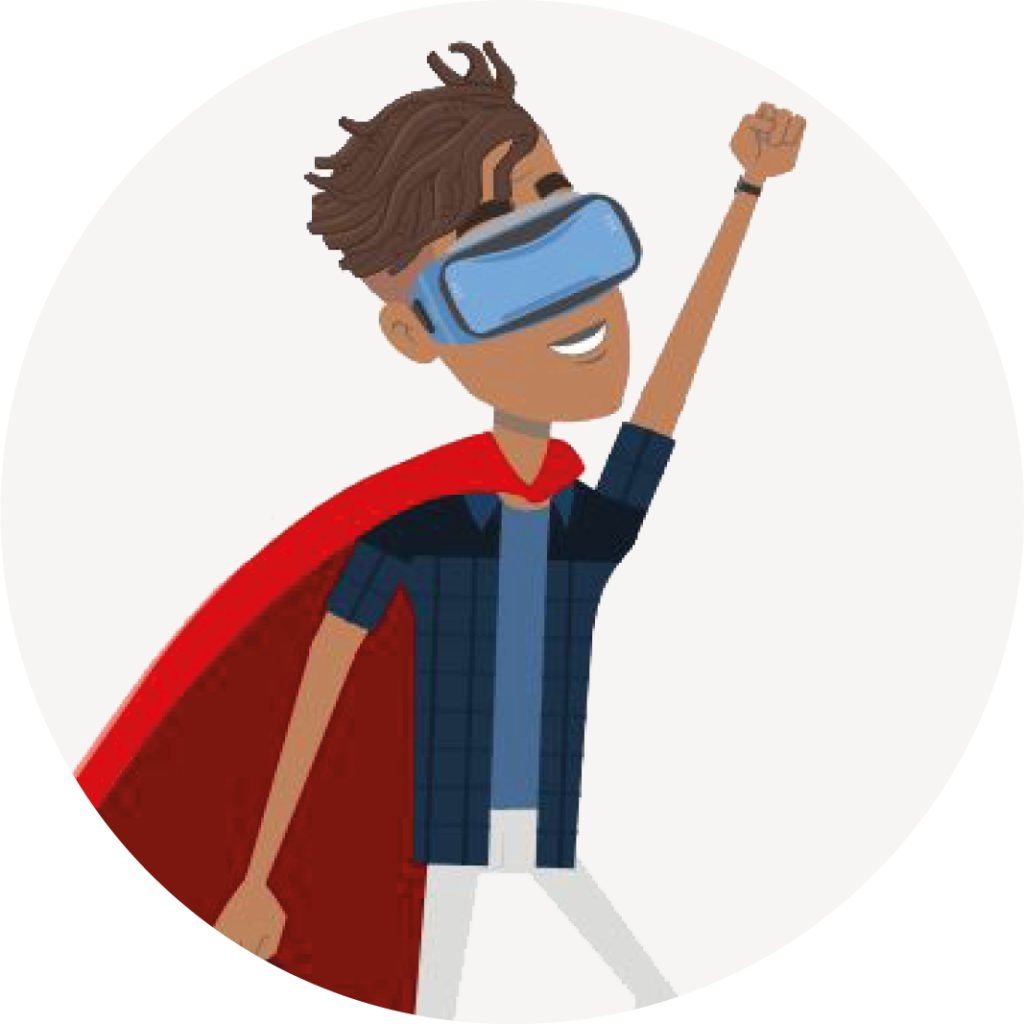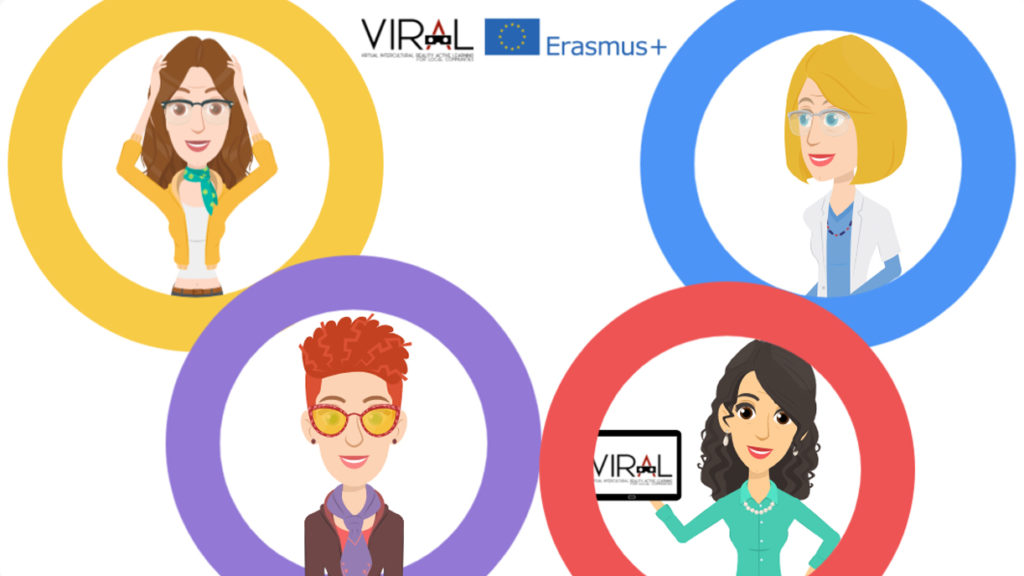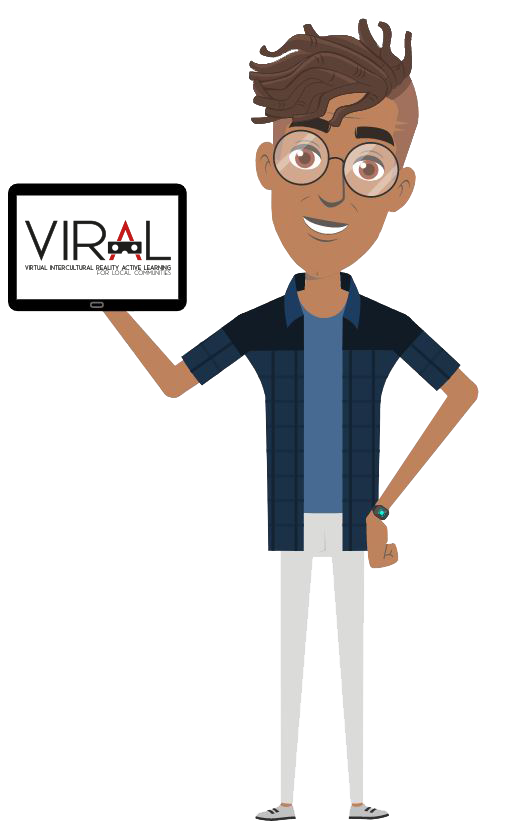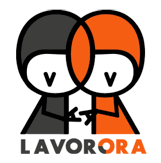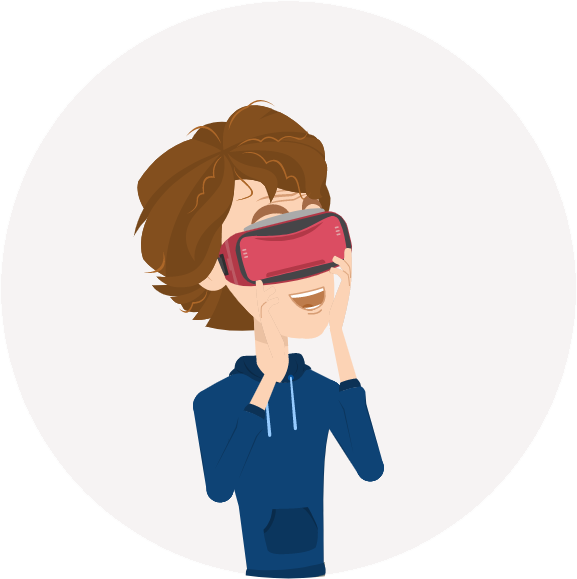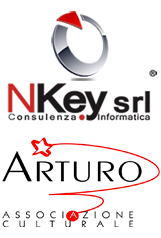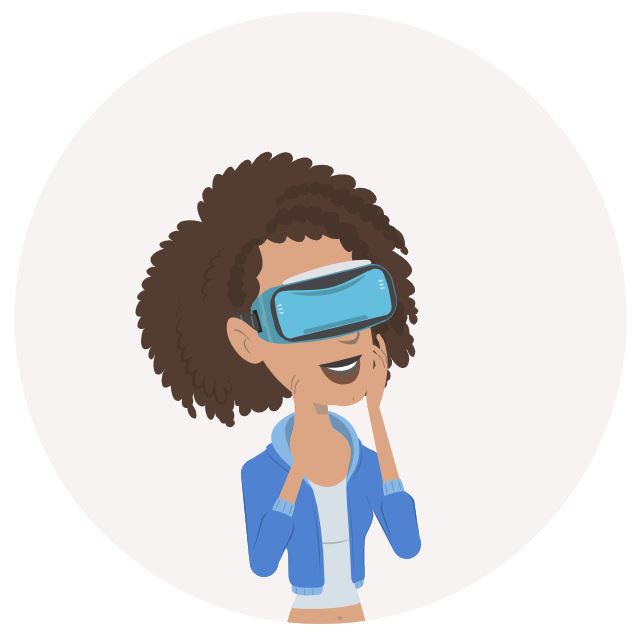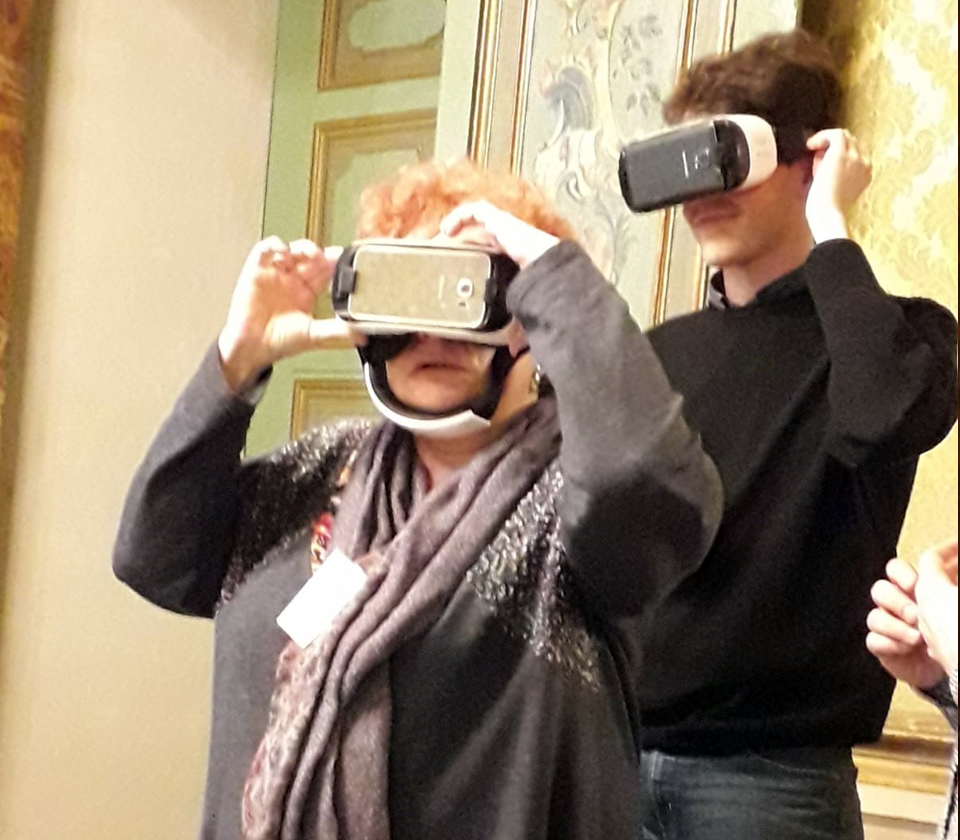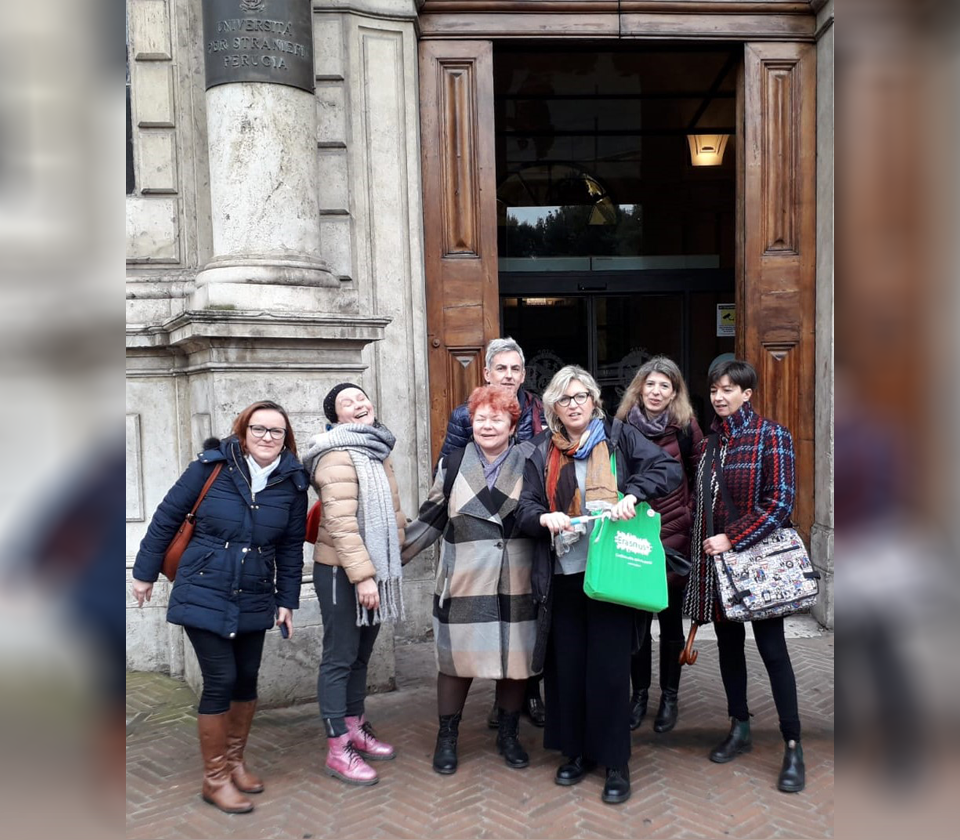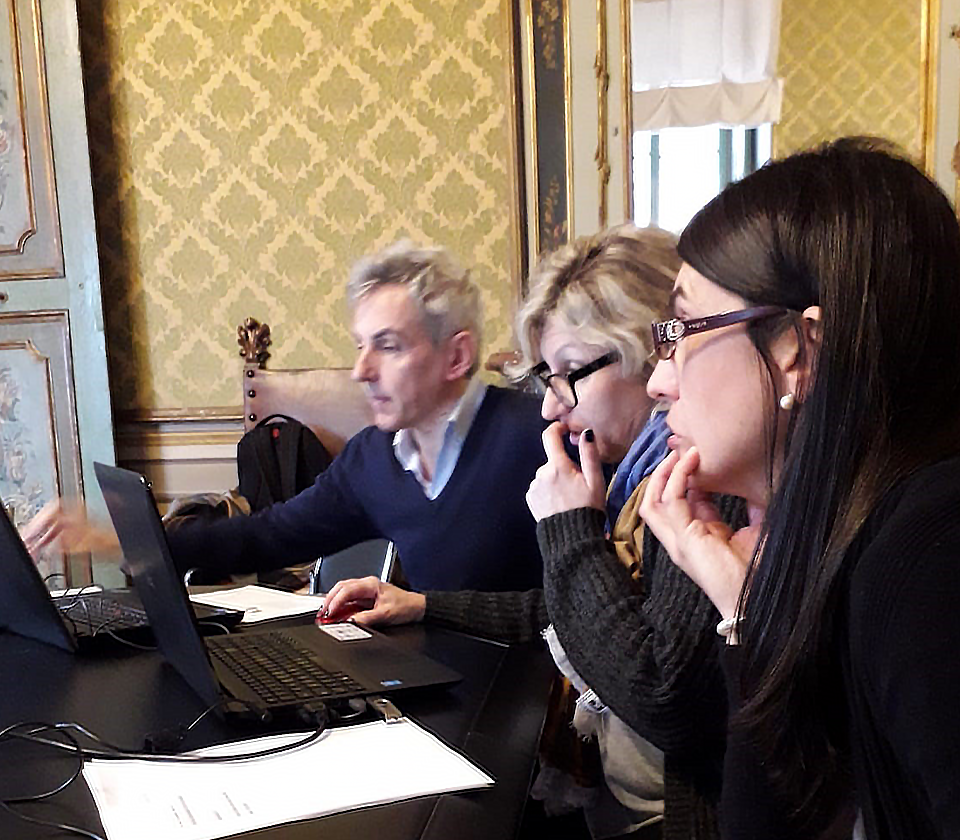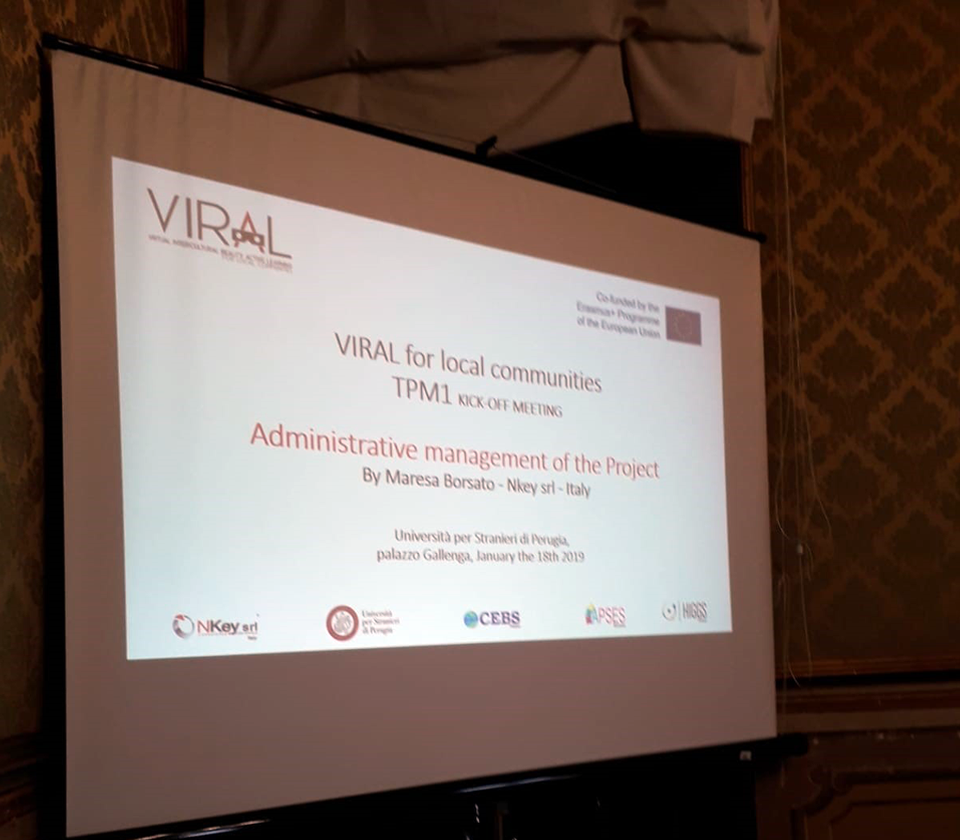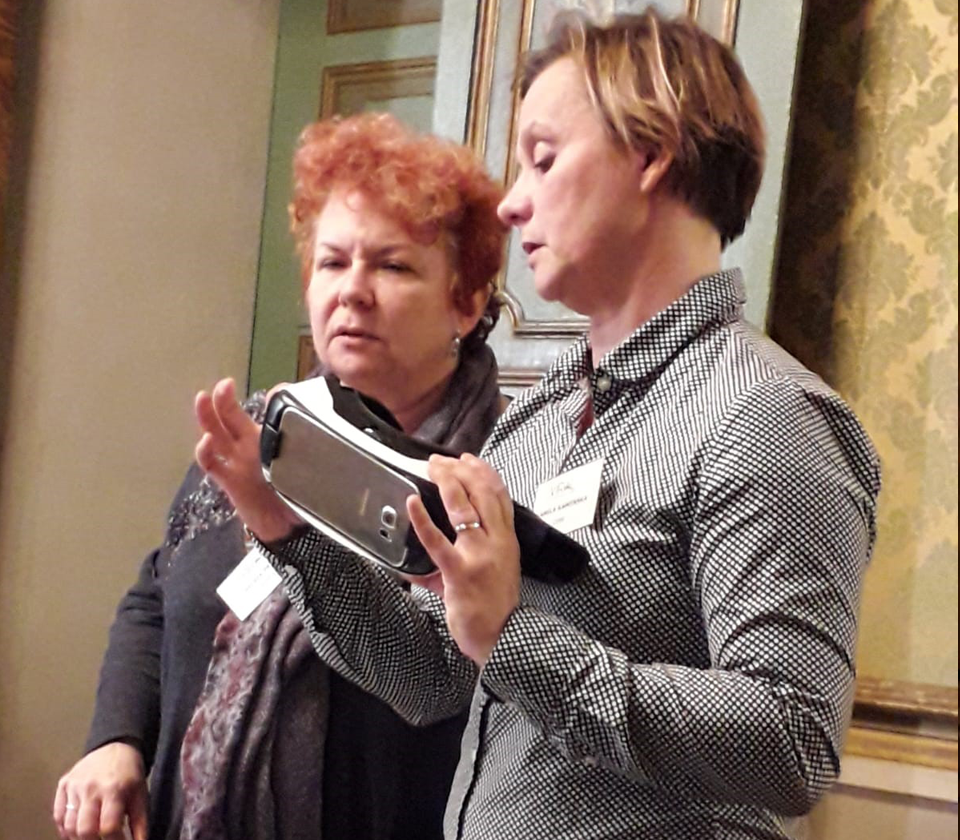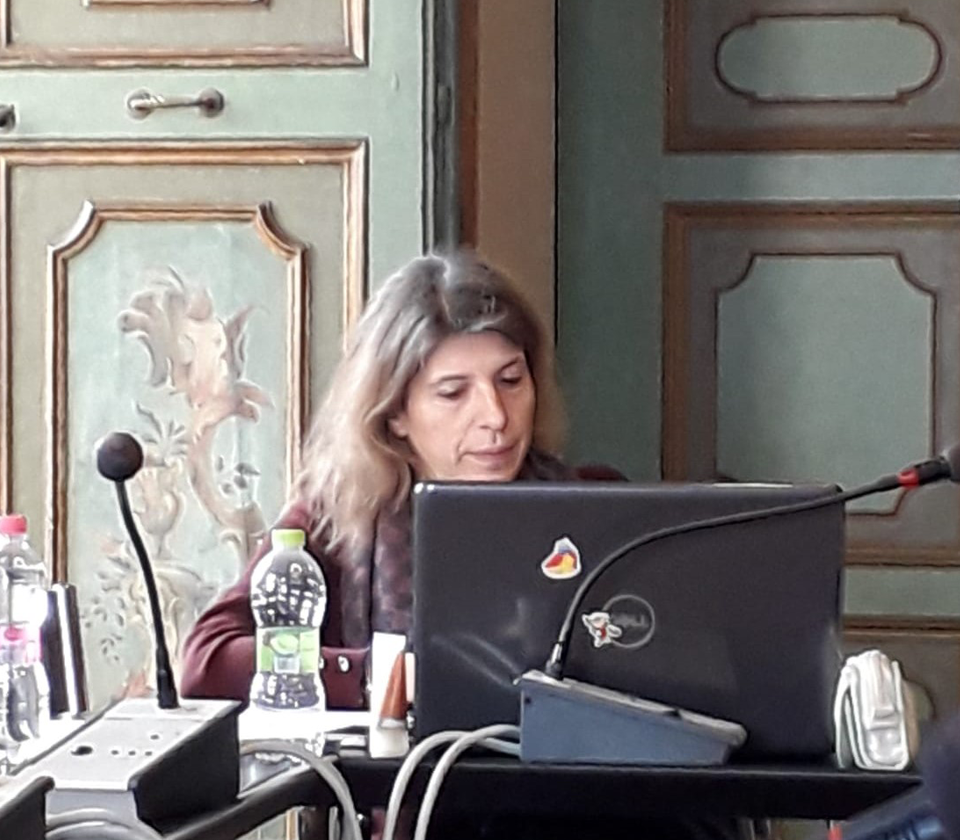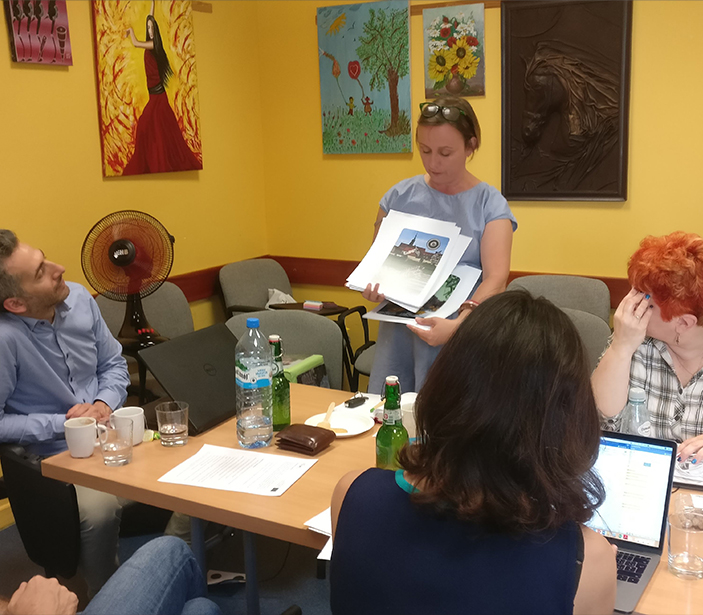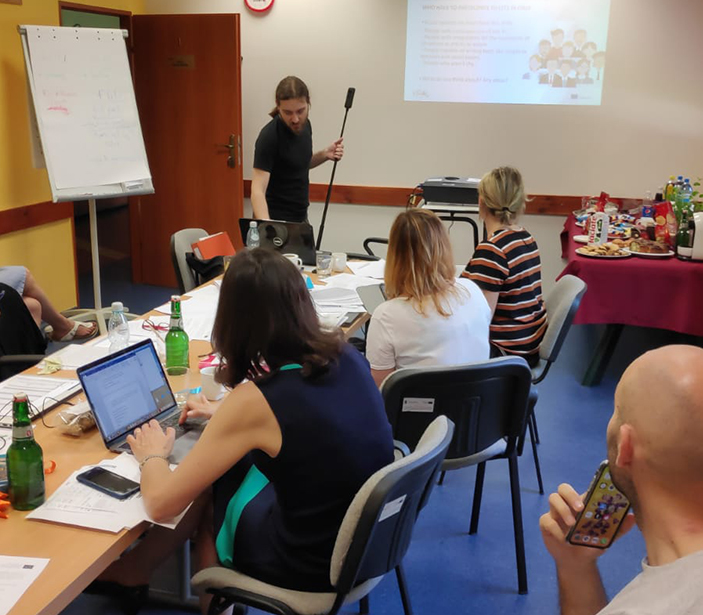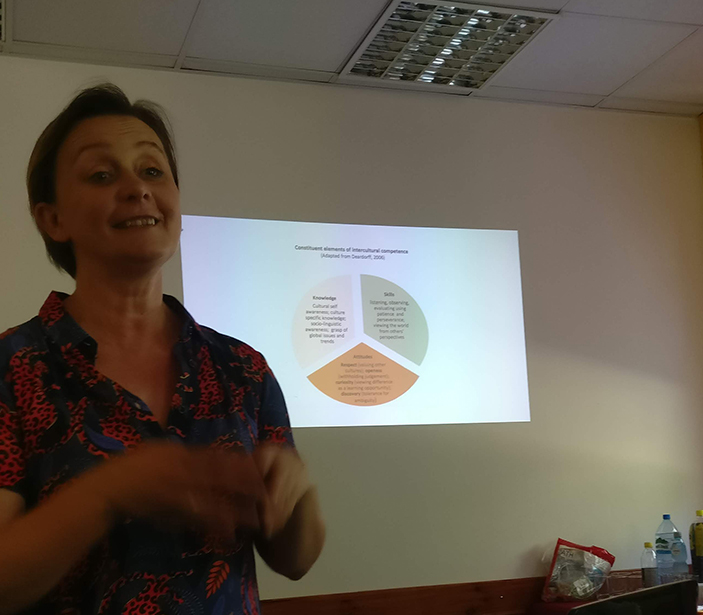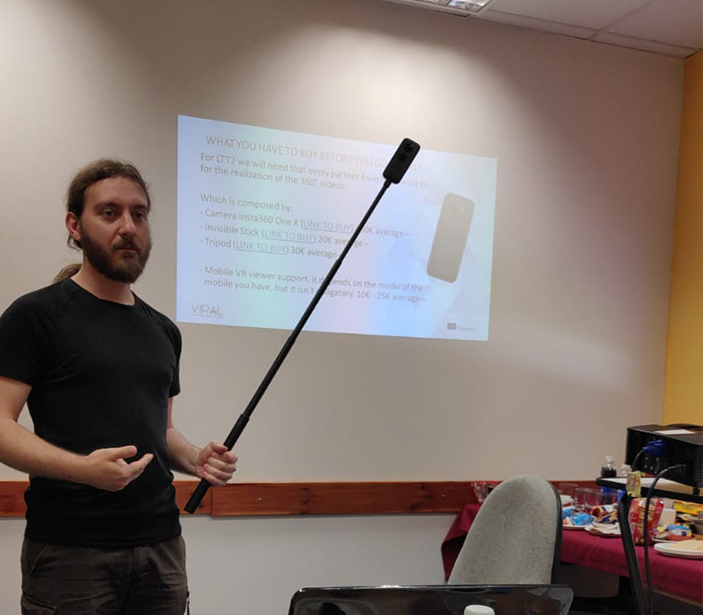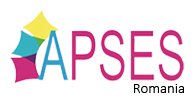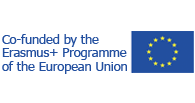The project was born from the observation of reality and the new challenges we are called to face in the fields of education and social inclusion.
Climate changes, wars, poverty or simply the legitimate pursuit of happiness, push one part of the world to move towards the other, from south to north, from east to west, causing more or less intense but continuous migratory flows.
For all the European countries the drama of migration and the consequent problem of reception and integration, is creating strong social contrasts, not only in large cities, for years used to multiculturalism, but now also in rural areas, small towns and in communities that had never coexisted with different languages, religions, habits and colors so far.
The meeting between people of different cultures in communities with a low level of education and above all in a sudden and massive way, has unfortunately created misunderstandings, fears and mistrust rather than an opportunity to enrich their cultural baggage.
In some cases the reception systems have even managed to revive countries and communities destined to disappear, allowing economic recovery, the reopening of schools and even the return of local emigrants.
In most cases, however, integration has not taken place and migrants live with local communities with enormous discomfort.
What to do to facilitate the meeting between apparently so distant worlds?
Learning the language of the country that welcomes and the empathy that must be created between locals and newcomers, are the first challenges that the European countries must face. Without speaking the mother tongue of the country in which we are living, it is impossible to find a job, to study, in a word to be integrated.
Virtual reality, known mostly only for its applications in the world of video games, is today studied and tested in many universities for its potential in the field of education.
Virtual reality makes it possible to physically enter other worlds, experiencing feelings and emotions that would otherwise be impossible to try.
Living for a short time in another reality; surrounding yourself with other colors, sounds, scents; visiting places you’ve never seen and that you probably could never see; entering into a world that does not belong to you and that no word could ever explain: all this becomes possible thanks to new technologies.
Using virtual reality in the field of language learning can become the key to speed up the integration process especially for all those people who come to our countries without having adequate instruction and therefore presenting more difficulties in learning a foreign language with classical methods. On the other hand, virtual reality can be an extremely effective way of creating that empathy necessary for mutual understanding and acceptance of the other. Living, even for a few minutes, as an immigrant catapulted into an unknown world, where he’s not understood and where he doesn’t understand, sometimes derided or, even worse, abused, can be the only way to make these two worlds feel closer.


